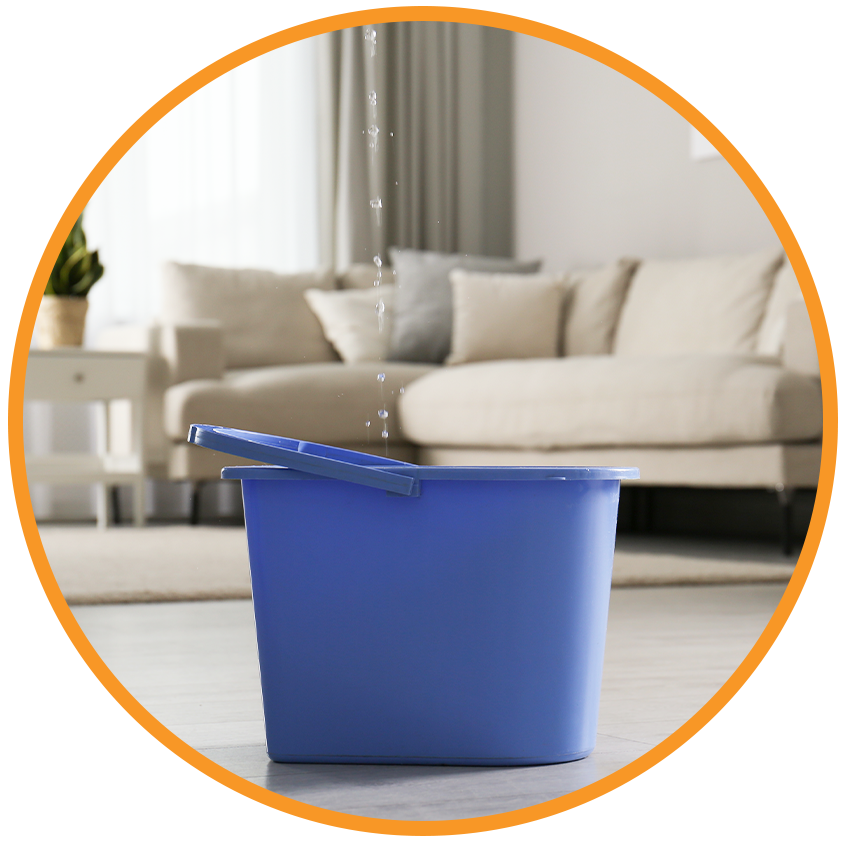Elevate Your Space with Stunning Slat Wood Panels

Elevate Your Space with Stunning Slat Wood Panels
The Beauty and Functionality of Slat Wood Panels
Slat wood panels are a superb option for incorporating warmth, texture, and refinement into interior design. Premium slat wood panels offer the ideal balance of style and longevity, whether you’re remodeling your living area, installing a modern workplace, or creating an opulent spa. Enhance your interior with the warmth and texture of
, creating a space that exudes elegance and sophistication.
Why Choose Wall Slat Wood Panels?
Slat Wood Panel’s cutting-edge thermal modification technique guarantees exceptional strength and stability while enhancing the wood’s inherent beauty. Our slat wood panels are a great option for both business and residential interiors because of their many advantages. The natural beauty of
makes it a versatile choice for both modern and classic design aesthetics.
Key Benefits of Wall Slat Wood Panels
- Enhanced Durability—Long-lasting performance is achieved by resisting warping, shrinking, and swelling.
- Eco-Friendly Choice—sourced using a chemical-free treatment method from forests that are managed responsibly.
- Timeless Aesthetic—A range of finishes and tones to accommodate any design concept.
- Acoustic Benefits—improves sound quality and lowers noise in every space.
- Easy Maintenance—They require little maintenance to maintain their opulent beauty.
Versatile Applications for Slat Wood Panels
Because of their extreme versatility, slat wood panels can be used in a variety of interior design projects. Here’s how you can use them to elevate your space:
Wall Accents and Feature Walls
Slat wood panels can turn any wall into an eye-catching focal point. Our panels give your interiors personality and depth, regardless of your preference for a bold, modern style or a delicate, organic design.
Stylish Ceilings
Slat wood ceiling panels can be used to create a visually arresting design statement. Their linear designs and warm tones improve the aesthetics of space, giving rooms a more lively and welcoming atmosphere.
Acoustic Solutions
In addition to being aesthetically pleasing, slat wood panels enhance the acoustics of a space. They are ideal for home cinemas, recording studios, and open office spaces because they absorb sound waves, which lowers noise levels and echoes.
Elegant Room Dividers
Create practical, open-concept layouts by using slat wood panels as elegant and modern room dividers. Their semi-transparent shape distinguishes distinct zones within a space while preserving an airy sense.
High-Performance Flooring
Superior resilience makes panel wall thermally modified slat wood flooring perfect for high-traffic areas. It offers an opulent base for any interior with its rich tones and natural texture.
Sauna and Wellness Retreats
Slat wood panels are ideal for saunas and wellness areas since they are made to resist high temperatures and humidity. They are incredibly durable and produce a soothing, spa-like ambiance.
How Slat Wood Panel’s Thermal Modification Process Works
Slat Wood Panel’s advanced thermal modification process enhances the properties of wood without the use of harmful chemicals. Here’s how it works:
- Heat Treatment—High temperatures are applied to wood in order to eliminate moisture and fortify its structure.
- Natural Transformation—The procedure improves stability, strengthens the wood’s resistance to deterioration, and intensifies its color.
- Final Refinement—Slat wood panels made from the modified wood are meticulously treated and prepared for assembly.
Choosing the Right Slat Wood Panel for Your Space
Experience the perfect blend of functionality and beauty with
ideal for both residential and commercial settings. When selecting slat wood panels, consider these factors:
Wood Species
- Ash—opulent, rich colors and intricate grain patterns.
- Pine—For a Scandinavian-inspired style, use light, fresh colors.
Spruce—Grain is smooth, subtle, and incredibly durable.
Finish Options
Natural Oiled—Enhances wood grain while offering protection.
- Brushed Texture—Adds depth and character.
- Matte Finish—A modern, elegant touch.
Installation Considerations
- Vertical or Horizontal Layout—Defines the overall visual effect.
- Spacing Between Slats—Adjust for aesthetic preference and acoustic needs.
- Mounting Method—Direct attachment or floating panel systems.
Frequently Asked Questions (FAQ)
How do I maintain slat wood panels?
The appearance of the panels is maintained by cleaning them on a regular basis and wiping them down with a moist cloth on occasion. If you want to preserve their natural beauty, you should avoid harsh chemicals.
Are slat wood panels suitable for humid environments?
Indeed! As a result of our thermal alteration process, the wood is extremely resistant to moisture, making it an ideal material for saunas and other environments with a high level of humidity.
Can slat wood panels be installed over existing walls?
Unquestionably! Using glue, screws, or a concealed mounting mechanism, slat wood panels can be fixed directly onto surfaces that are already in place before installation.
Do slat wood panels help with soundproofing?
They do, in fact, absorb sound waves, which lowers the levels of echo and noise, making them an excellent choice for living spaces, music studios, and offices.
Are slat wood panels sustainable?
Yes, our panels are derived from forests that are managed in a responsible manner and are modified without the use of any chemicals, making them an environmentally friendly option.
Transform Your Interiors with Wall Slat Wood Panels
Make your environment more elegant with slat wood panels, which offer an unrivaled level of sophistication. Our panels offer a stylish, long-lasting, and environmentally friendly solution for a variety of applications, including walls, ceilings, flooring, and acoustic solutions. Premium slat wood panels bring a sense of warmth and sophistication to your interiors, elevating them to a higher level today.



